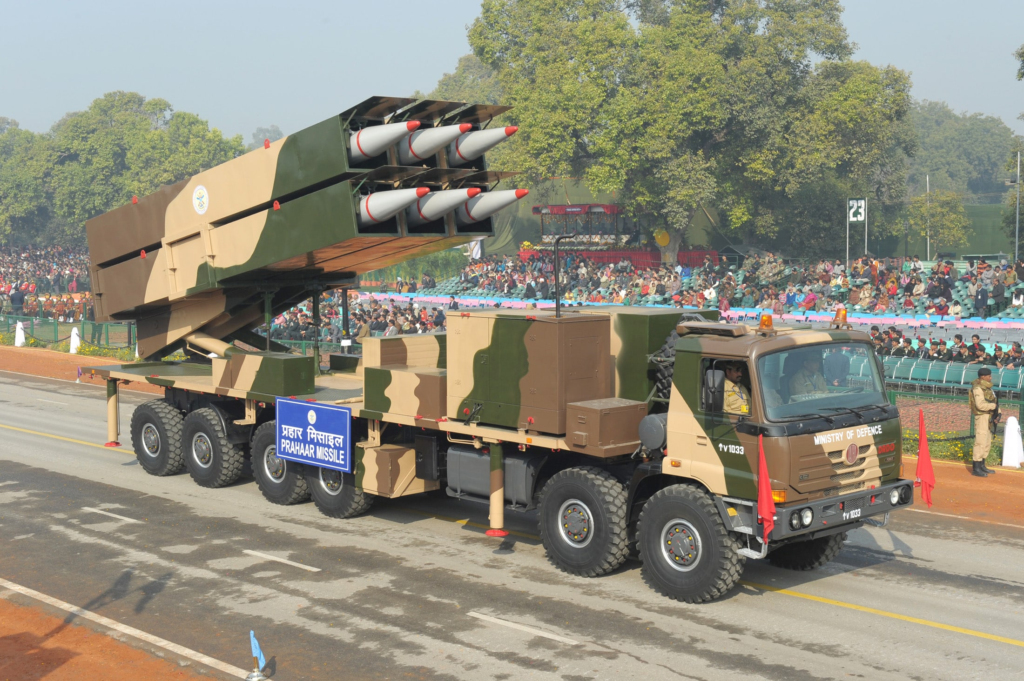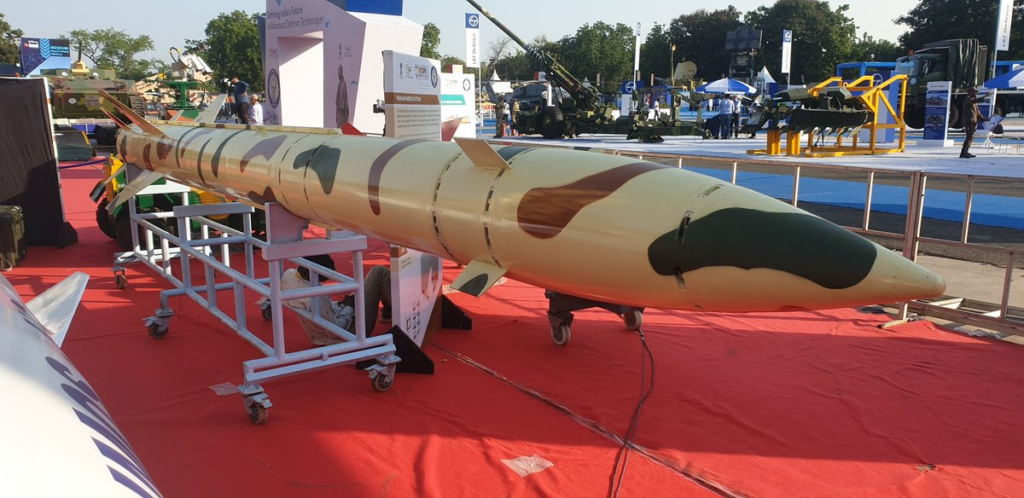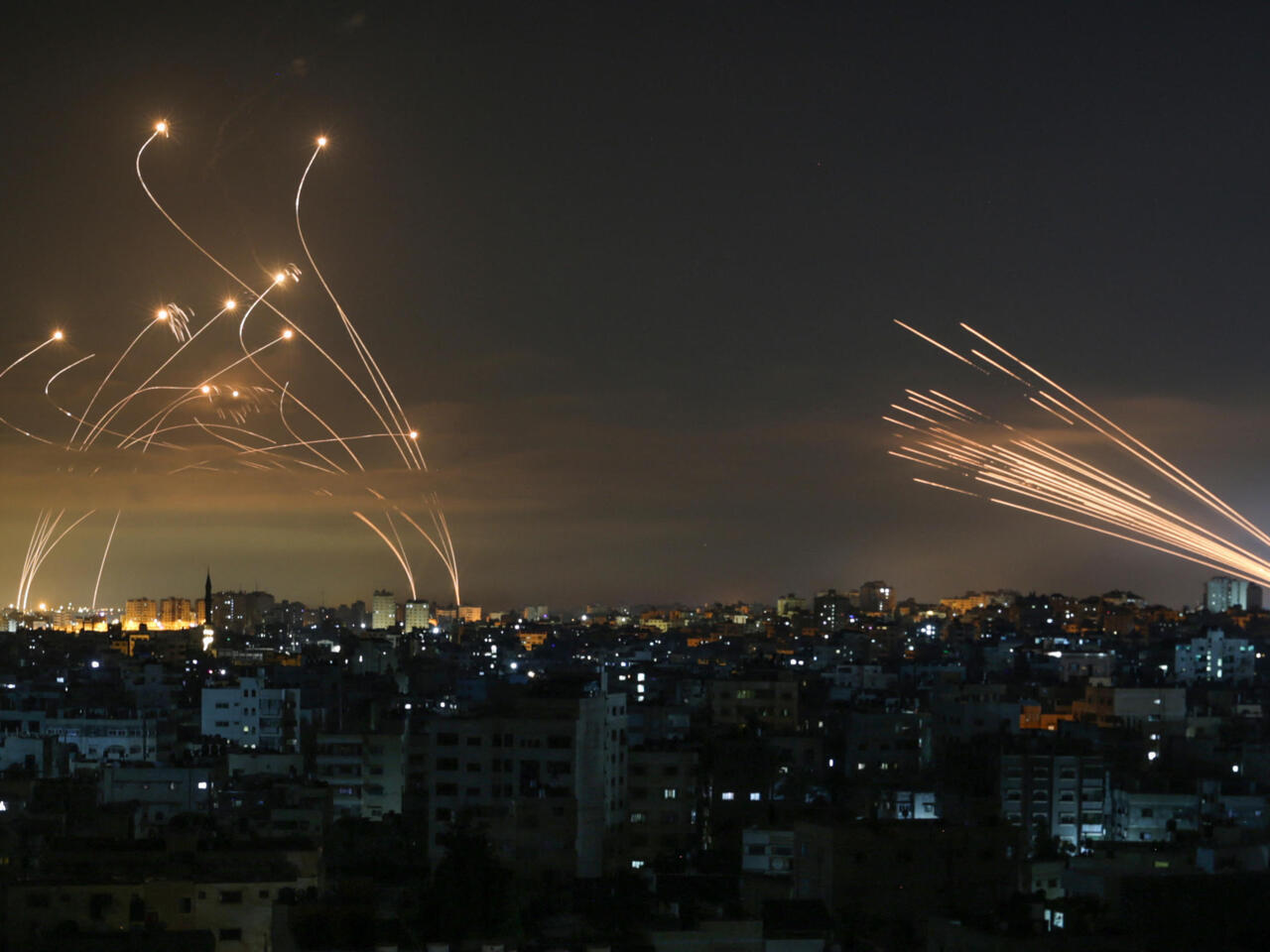On the eve of October 1st, as India was preparing to celebrate Gandhi Jayanti, honoring Mahatma Gandhi’s legacy of non-violence and peace, a stark contrast unfolded on the other side of the world. In a significant escalation, Iran launched hundreds of missiles at Israel, heightening tensions in the region. While India reflected on the principles of peace championed by Gandhi, the Middle East witnessed an alarming display of military aggression, underscoring the fragile nature of global stability.
Iran launched approximately 180 missiles towards Israel, making it one of the largest attacks in recent memory. This barrage surpassed the April offensive, which involved around 110 ballistic missiles and 30 cruise missiles. Israeli military sources confirmed the scale of the assault, with footage on Israeli TV showing missiles flying over the Tel Aviv area at approximately 19:45 local time (16:45 GMT).
Israel’s Defense vs. IRGC Claims
Israeli security forces claimed that most of the missiles were intercepted by their advanced aerial defense systems, showcasing the effectiveness of the Iron Dome and other anti-missile technologies. However, Iran’s Islamic Revolutionary Guard Corps (IRGC) refuted this, asserting that 90% of the missiles had successfully hit their targets. Notably, the IRGC claimed to have used hypersonic missiles for the first time, adding a new dimension to the conflict.
Strategic Implications for India
While the exchange between Iran and Israel unfolded, it sent a clear signal to other nations, particularly India. As the missile threat evolves, India’s military forces are compelled to rethink and expand their missile stockpiles. Currently, much of India’s missile arsenal is geared toward strategic, long-range engagements. However, this incident underlines the need to focus on shorter-range, tactical missile capabilities that can respond quickly to regional threats.

India’s current short ranged missile systems, particularly older liquid-fueled variants, require preparation before launch (like most of the other liquid fueled missiles), a process that delays rapid deployment. This contrasts with solid-fueled missiles, which can be launched with minimal preparation from silos and underground facilities, making them much more responsive.

The Need for Tactical Missiles
To enhance its rapid response capabilities, India must focus on bolstering its stockpile of short-range, solid-fueled missiles such as Prahar, Pranash, and Pralay. These missiles are designed for quicker deployment and can be critical in countering threats from neighboring regions.

Prahar Missile System

Pralay Missile System

Beyond short-range systems, India should also focus on increasing its arsenal of intermediate-range missiles such as the Shaurya and Agni Prime. These systems are vital for targeting Chinese radar and communication networks in deeper regions of Tibet, should the need arise.


Expanding India’s Rocket Capabilities
In addition to ballistic missiles, India’s Pinaka multi-barrel rocket launchers (MBRLs) need a significant upgrade. Current versions, while effective, require enhanced range capabilities. Developing and equipping Pinaka systems with 300+ mm rockets with ranges of up to 400 kilometers will give India a versatile tool for regional engagements and defensive operations.

Having a massive stockpile of affordable ballistic missiles serves not only for potential use but also as a strategic deterrent. When adversaries are aware that you possess a large cache of solid-fueled missiles, which are both cost-effective and can be produced swiftly, they are more likely to reconsider escalating conflicts. This ability to quickly deploy a significant missile arsenal creates a psychological barrier, forcing enemies to think twice before initiating aggressive actions, thereby strengthening national defense through deterrence.

[…] claim, Iran stated it had successfully hit and wiped out entire Israeli F-35 fighter jet fleet. During Iranian Massive Missile attack they targeted Nevatim Airbase, one of Israel’s key military installations. Today, we […]
Not only missiles. Even drones. Hundreds of drones are used in a single attack. So, a stockpile of millions of drones (of different varieties) are a must.
India needs very robust air defence units with long and extended range capabilities in large numbers ASAP….
India can never forget US coming with warships with pakisthan in Bangla war. china & India are now friens & are in SCO block with Russia . we only have to take care about US/5 eyes which is not to be trusted.
Shoud not have anti missile systems like iron dome?